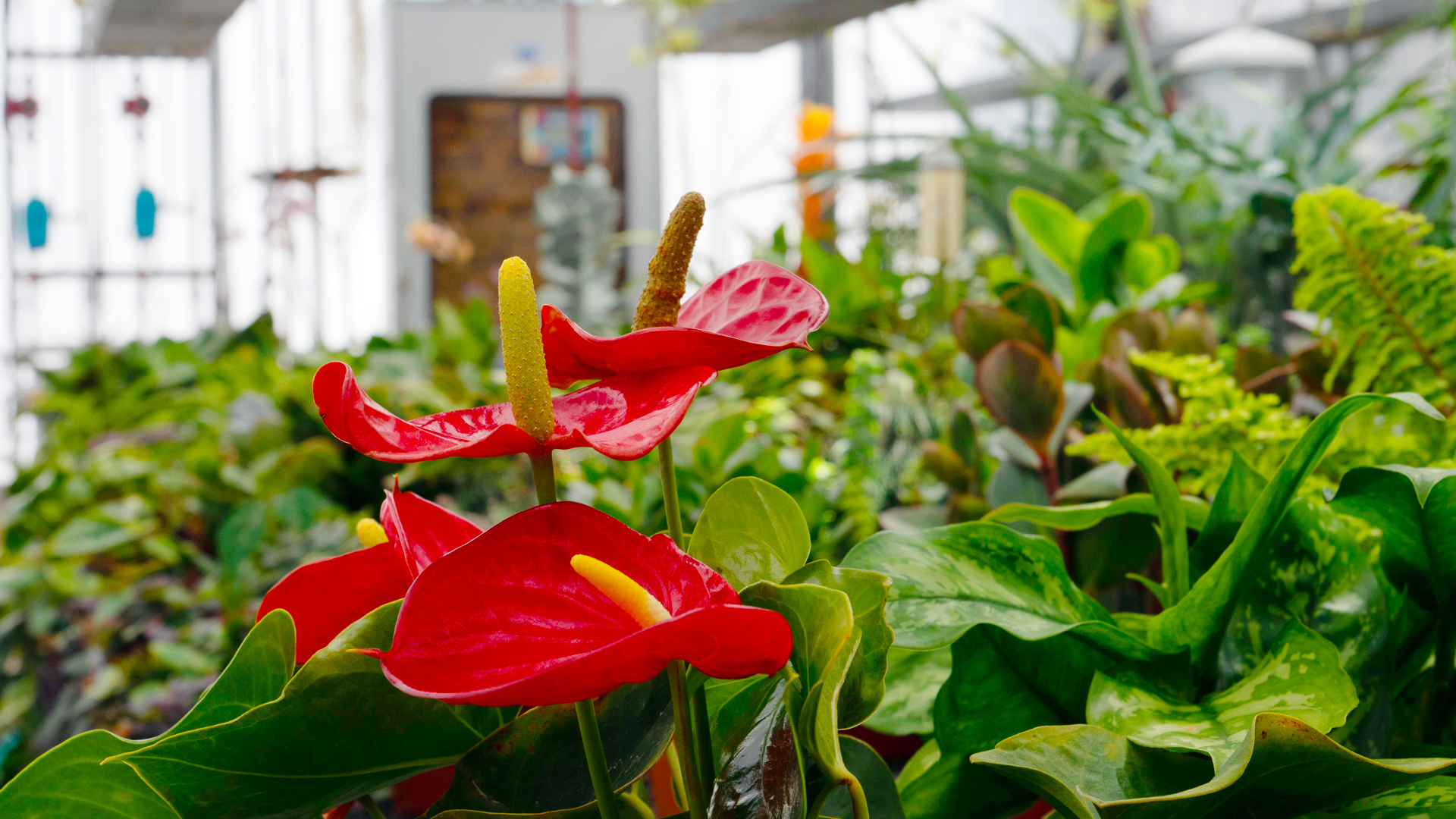 Chapter 1 - Environmental responsibilities
Chapter 1 - Environmental responsibilities
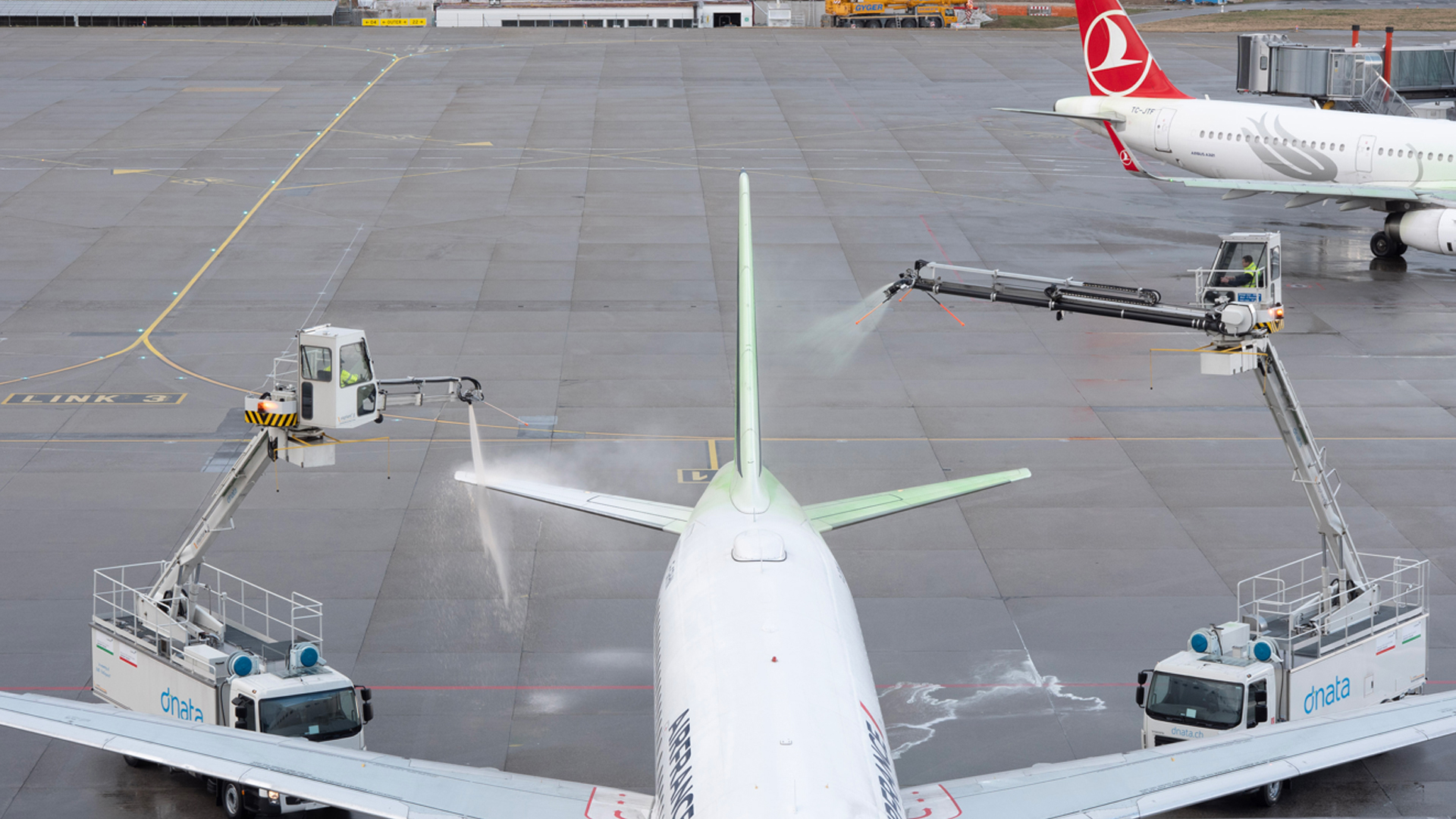
Chapter 1 - Environmental responsibilities
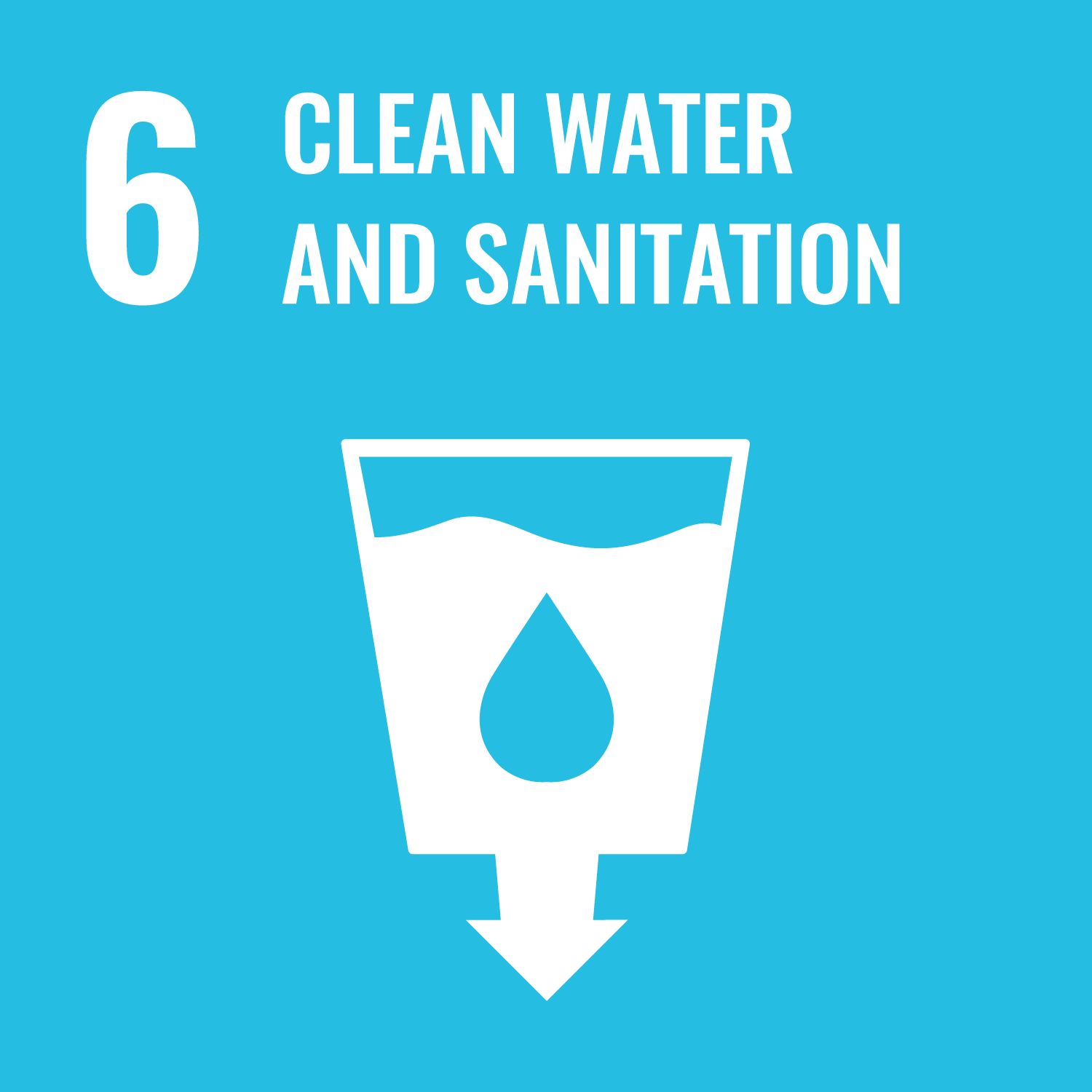
Concerned with the protection of the rivers close to the airport, Genève Aéroport is provided with a water disposal plan to prevent the release of pollutants into the natural environment, including in the event of an accident. Moreover, a multitude of plant and animal species live within the 137 hectares of the airport site meadows. Here is how Genève Aéroport succeeds in protecting this biodiversity, whilst ensuring the safety of operations.
Reusing de-icing residue info
2017
262 litres
2018
302 litres
2019
290 litres
From de-icing to biogas
In winter, aircraft must be regularly de-iced before take-off, in order to avoid ice formation. To this end, products based on glycol are sprayed onto the aeroplanes. In 2019, no less than 3,454 aeroplanes underwent this operation, which required the use of 849 m3 of de-icing products.
What happens to these products once they fall onto the apron? A sweeper is deployed on the aircraft parking positions, recovering any residues. As of the beginning of 2018, these were treated in the bioreactors of the treatment plant (STEP) of the Services Industriels de Genève (SIG), located in Aïre, and recovered as biogas. In 2019, 474 m3 of de-icing products produced nearly 132,658 m3 of biogas.
In addition, as of January 2019, water containing de-icing products from the eastern sector of the runway and out of aircraft parking positions has been recovered through a system of collectors and stored in the Le Vengeron catchment basin at the end of the runway. This huge containment structure, the size of four Olympic swimming pools, intercepted 28,000 m3 of water during the winter, which were then sent to the SIG treatment plant (STEP) in Aïre.
Reusing de-icing residue
474 m3
of glycol is transformed into biogas
29%
of de-icing residue is cleaned up by road sweepers
Control of drinking water consumption
Since 2017, the remote reading of water meters has been deployed in strategic locations across the airport site, and continues, so as to generate detailed data relating to water consumption according to time, location and use (sanitary water, water for catering, industrial water, water used for cleaning the premises, etc.).
In 2019, 222,281 m3 of water was consumed at the airport, i.e. on average, 12.7 litres of water per unit of traffic (litres per passenger or 100 kg of freight). The target for 2020 is to achieve 11,5 litres per unit of traffic.
With each new construction, water saving devices are systematically fitted to sanitary taps, whilst the possibility of recovering rainwater is studied. This way, the new East Wing toilets will be fed by seven rainwater basins located under the building. Water is filtered and then pumped on demand.
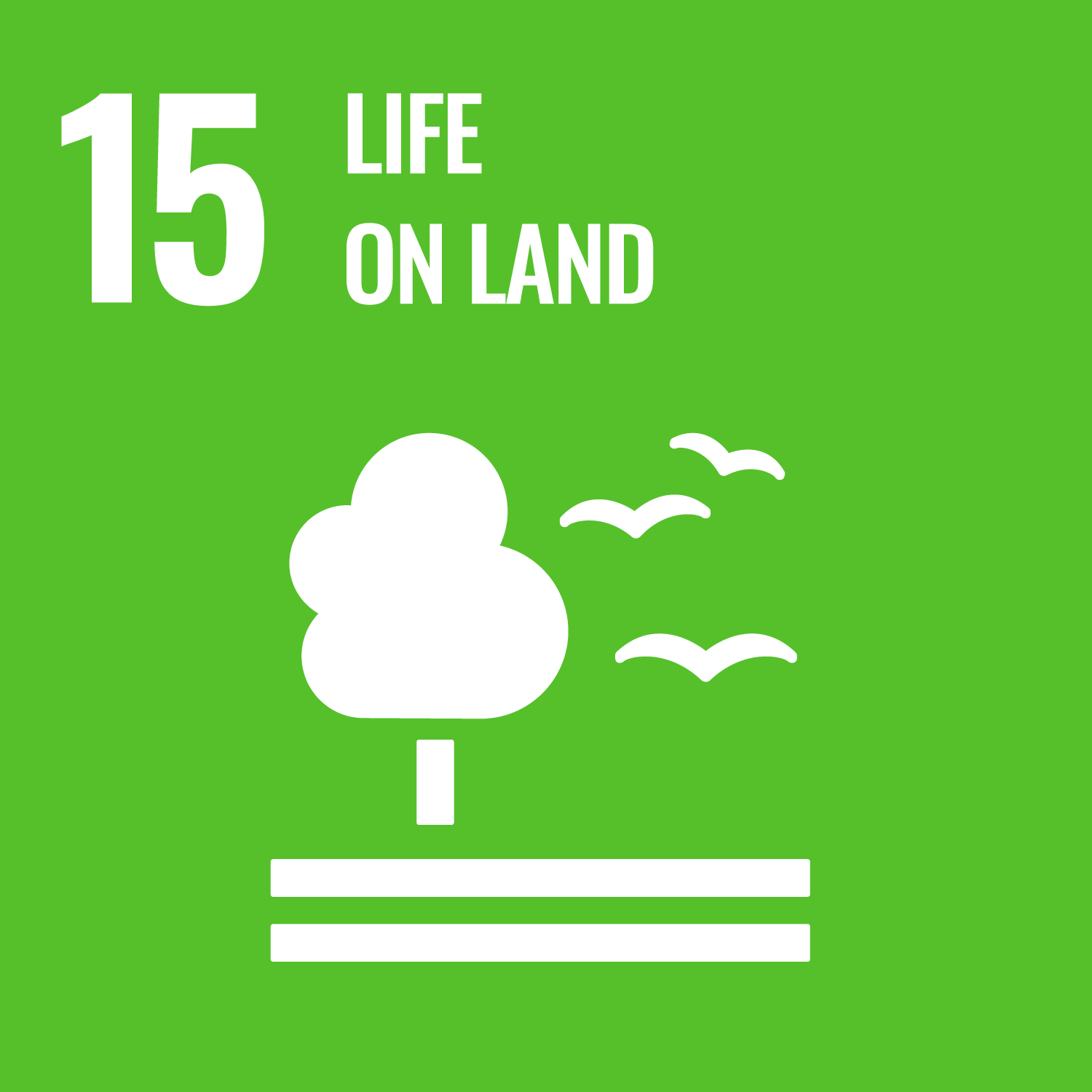
Preserving the site’s biodiversity
Genève Aéroport is the largest « priority flora site » in the canton, thanks to its many rare species, which include wild orchids, growing over its 137 hectares of meadows. In order to preserve this biodiversity, every infrastructure project impacting natural areas is subject to preventative conservation measures.
In 2019, the airport's meadows had to be cut along several dozen metres as part of the Feeder Pipeline works, a new kerosene supply network. Prior to the work, rare plants were inventoried along the entire route and some sixty plants of protected species, including many wild orchids, were removed and replanted in dedicated areas. The seeds of other rare plants were collected and delivered for conservation purposes to the Geneva’s Botanical Garden.
Certification of natural areas
In 2019, Genève Aéroport obtained the renewal of its Fondation Nature & Économie certification. This foundation is committed to promoting the natural development of activity sites and supports spaces being developed and maintained in an exemplary manner. At present, there are 464 other certified companies in Switzerland.
Life on the ground
2,965 m2
Green roof
26
Protected flower species
« For each project, the possibility of creating green roofs is taken into account. At present, these are spread over 2,965 m2. This is a figure which is expected to triple in the coming years with the construction of the new Baggage Logistics Centre (+ 7,718 m2). »
Combining biodiversity and safety of operations
The airport meadows are visited by a multitude of animals. These are under the constant supervision of the Animal Hazard Prevention Unit (Prévention du Péril Animalier, PPA). In particular, its agents monitor the movements of birds around the apron and intervene in order to avoid any impact with aircraft and to scare the birds, choosing the most appropriate means according to the species and the location (recorded cries, rockets, lasers, etc.).
Another way to avoid collisions with birds is by encouraging them to settle in areas as far from the runway as possible. In addition to the 272 nesting boxes installed for black swifts and swallows on the large hangar facade, fourteen were installed in 2019 at the Le Vengeron basin. Six bat shelters, fixed on military observation towers, completed this scheme in January 2019.
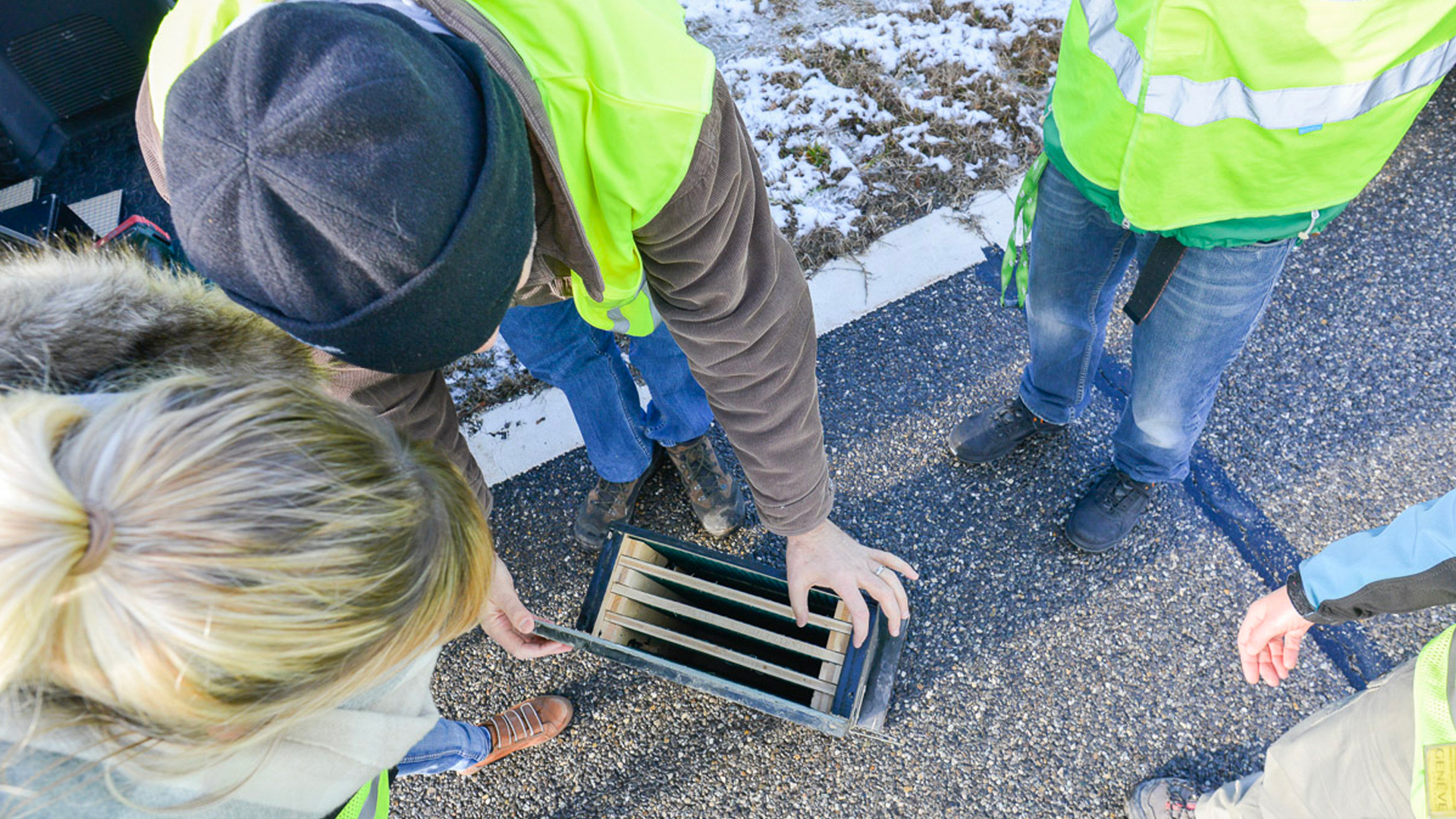
Each summer, since 2015, small swifts that have fallen from their nests are recovered by the Ornithological Rehabilitation Centre (Centre ornithologique de réadaptation, COR) and then integrated into the large hangar nesting boxes. In July 2019, this operation enabled 44 young fledglings to find a new family.
Moreover, in order, once again, to preserve wildlife on the airport's natural meadows, five ermine shelters were installed at the end of the runway in 2018.
Animal impact with aircraft
2017
52 shocks
2018
45 shocks
2019
56 shocks
Discontinuation of pesticide in airport greenhouses
In June 2017, the airport's horticulturists, in charge of the production and maintenance of the flowers on site, began an ecological transition. Employees completely modified their work processes and abandoned fertilisers as well as other plant protection products.
